***CAUTION: This Airport Guide has been superseded and will no longer be updated. A new, up-to-date version (rewritten in 2022 and incorporating post-lockdown changes) is now available – please click here to view it.***
This Airport Guide describes what passengers departing on overseas flights can expect at the landside (public) zone of Ninoy Aquino International Airport’s Terminal 3.
UPDATE (16 JUNE 2022) : A new version of this Airport Guide (reflecting post-lockdown changes) is now available – click here.
NOTE: This Airport Guide should be used only as a general reference. Details may change at any moment and without prior notice.
IMPORTANT NOTICE!: This Airport Guide has NOT been updated to reflect changes brought about by the ongoing global health emergency. Because my last visit to MNL took place just before pandemic-related restrictions were introduced, and because of the very fluid situation around travel bans and border checks related to the emergency, I shall make no attempt to describe the changes here. Please refer to the official websites and/or verified social media channels of your origin and destination airports, your airline, the relevant government agencies, and other reliable sources to collect up-to-date information that’s accurate for your specific circumstances.
The present guide is concerned specifically with the landside (public) area of the international departures wing at Terminal 3 (T3), Ninoy Aquino International Airport (common abbreviation “NAIA” / IATA code: MNL) – the main airport serving Greater Manila in the Philippines. For the purposes of this post, our definition of “landside” covers everything before border control; thus, we’ll be exploring not just those sections freely accessible to non-passengers (such as the shops and restaurants on Level 4) but also places open only to ticketed travellers (including the area around the check-in counters on Level 3).
To learn more about Terminal 3’s airside area (i.e., the secure, passengers-only zone from the immigration desks and beyond), please read my separate report documenting what you can expect to see in that part of the building.
For a broader overview of Terminal 3, please click here to navigate back up to my portal post about the entire facility.
To learn more about the airport as a whole, please click here to view my comprehensive guide to MNL.
***CAUTION: This Airport Guide has been superseded and will no longer be updated. A new, up-to-date version (rewritten in 2022 and incorporating post-lockdown changes) is now available – please click here to view it.***
CONTENTS
***CAUTION: This Airport Guide has been superseded and will no longer be updated. A new, up-to-date version (rewritten in 2022 and incorporating post-lockdown changes) is now available – please click here to view it.***
ENTRANCES
The departures level of T3 has six main entrances, all facing the terminal’s elevated access road.
There’s a security barrier at each entrance, which is typical of airports in the Philippines. Note that this is in addition to, not in place of, the usual pre-departure security checks next to the immigration zone.
Keep in mind that only passengers are allowed near the check-in counters, so guards posted at the entrances may ask to see your passport and airline ticket before allowing you to undergo security screening. Long queues just to get into the terminal should be expected at peak times.
Passengers leaving their cars in T3’s parking building can use a separate side entrance that leads into the departures hall. The queues may be shorter here, but the same security checks still apply.
Finally, it’s also possible to enter via the Runway Manila footbridge that connects T3 to the nearby Newport City leisure/hotel district. (Click here to learn more about this option.) This path takes you into Level 4, where one can simply pass through the terminal’s retail/dining zone and go down to the departures hall at Level 3. Same as at all other entrances, your baggage and person will be subject to an initial security screening at the door.
MAIN DEPARTURES HALL (Level 3)
The fringes of the check-in lobby can be accessed by the general public, but the central area – where the counters themselves are located – is for passengers only. You’ll be asked to present your travel documents before being allowed into that part of the main hall.
Check-in counters
The check-in counters for domestic flights are in the northern half of the main hall, whereas the international counters are in the southern half. There is no physical separation between the domestic and international sides in the landside part of the terminal.
Be warned: this place can get very crowded during peak times and high travel seasons, as demonstrated in the next picture.
Check-in procedures and counter arrangements – e.g., priority lanes for Business Class or frequent flyers – will vary depending on the airline. One thing that’s consistent here at MNL: all counters are staffed. There are no fully self-service/unmanned facilities like, for example, the self-bag-drop counters available at some international airports (where passengers print and attach the tags themselves and load their own luggage onto the conveyors). Here at MNL, it’s old-school hand-holding all the way.
Self-check-in kiosks are by no means ubiquitous at MNL, but some airlines do offer this option. Bear in mind that travel document checks are generally required for international flights, so even these kiosks won’t necessarily spare you from having to queue up at a counter to be verified by staff (whether or not you’ve got baggage to check in).
Travel tax
With limited exceptions, residents of the Philippines must pay a so-called “travel tax” of PHP 1,620 every time they fly out of the country in economy or business class. A higher rate of PHP 2,700 applies to first-class tickets.
Some airlines offer passengers the option of prepaying this tax online at the point of booking, and you may find it already included in the price of tickets purchased from local bricks-and-mortar travel agents. (A direct online payment option is also available.) If you’re subject to the duty and it hasn’t been settled in advance, you’ll need to visit the Tourism Infrastructure and Enterprise Zone Authority (TIEZA) counter and pay what’s owed before the airline can issue your boarding pass. You’ll be given two copies of the tax receipt, one of which is yours to keep; the other copy will be retained by the check-in agent.
Needless to say, the duty should be dealt with before checking in. Otherwise, you may be sent over to the TIEZA counter to settle up and then back to the check-in counters to retrieve your boarding pass, thereby slowing down your pre-departure formalities. I should also stress that none of this is relevant to non-residents (like most foreigners on short-term visits), as they’re not subject to the travel tax in the first place.
At T3, the TIEZA counter is located near the southern end of the check-in area (towards the side entrance leading to the parking building).
One other thing: the travel tax is NOT the same as the passenger service charge (PSC) levied on airport users. As in many other parts of the world, the PSC is already included in the cost of your ticket and doesn’t have to be paid separately at the terminal.
Other facilities
There are several bureaux de change within the check-in area, but that’s pretty much it.
You’ll need to go outside the enclosure – either to the fringes of the main hall or up to Level 4 – to access other services, such as shops and restaurants.
SHOPS AND RESTAURANTS (Level 4)
The retail zone overlooking the main hall has a range of dining and shopping options.
Note that the shops and restaurants on Level 4 are accessible to both passengers and the general public. However, only passengers have access to the escalators connecting the retail zone to the central area of the main hall. Security personnel posted at the top of the escalators leading down to the check-in counters may inspect your travel documents before allowing you through. (Non-passengers should use the lifts and side escalators that connect the terminal’s departures and arrivals floors.)
There’s also additional seating available up here, in case the limited waiting space down by the counters is mostly taken up (or too crowded for comfort).
AIRPORT HOTEL (Level 4)
There’s no full-service hotel on the premises, but T3 offers very basic accommodations at The Wings Transit Lounge (official site / TripAdvisor reviews). The available options include recliners, Japanese-style capsules, and private rooms fitted with bunk beds. Shower facilities are shared.
Bear in mind that this facility is located within T3’s landside (public) area, and is therefore inaccessible to departing passengers who are already in the airside (restricted) part of the terminal.
If you’re after a better class of accommodation, you’ll need to look outside the airport. Cross the motorway in front of T3 using the Runway Manila footbridge – more about that in a separate guide – and stay in one of the full-service hotels sprinkled across the Newport City leisure district.
Ready to pass through immigration and security? CLICK HERE to read my separate Airport Guide documenting MNL T3’s airside zone.
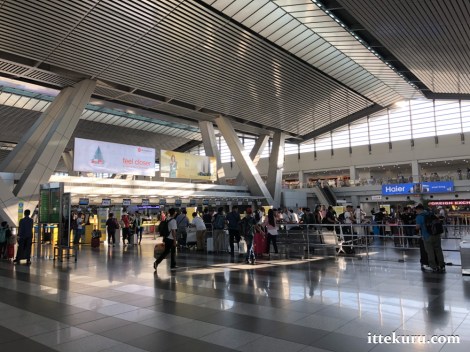
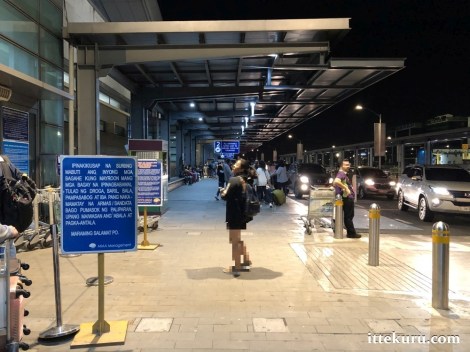
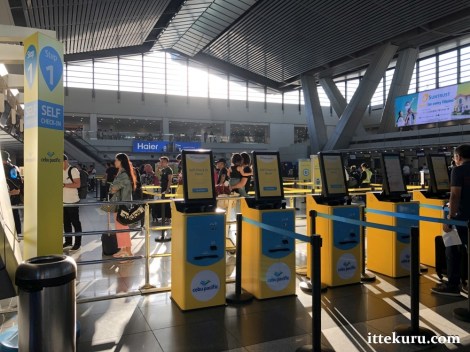
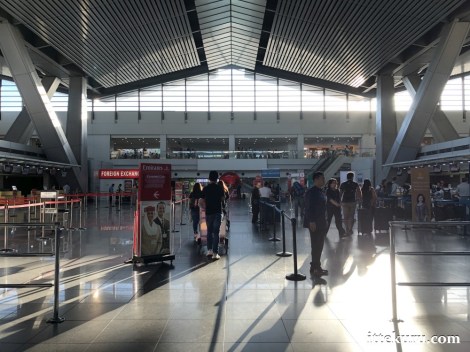
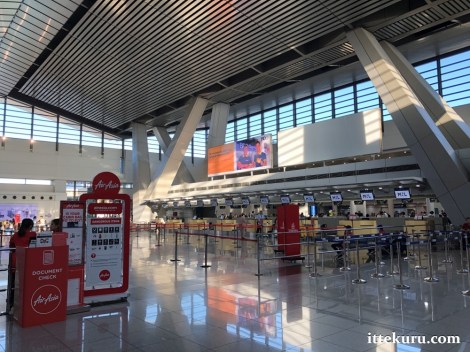


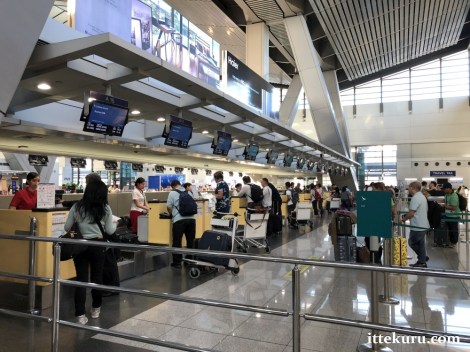
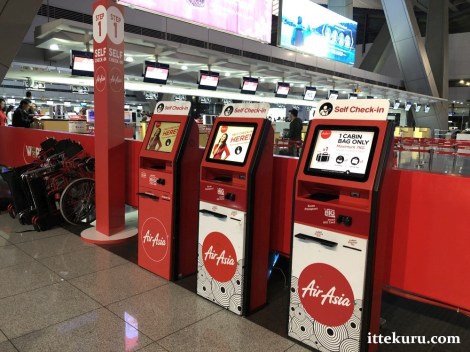





Pingback: Airport Guide: NAIA (MNL) Terminal 3, International Departures – Airside | Within striking distance·
Pingback: Airport Guide: Ninoy Aquino International Airport Terminal 3 (MNL T3) | Within striking distance·
Pingback: Terminal Report: Ninoy Aquino International Airport (MNL) T3, Metro Manila, Philippines | Within striking distance·